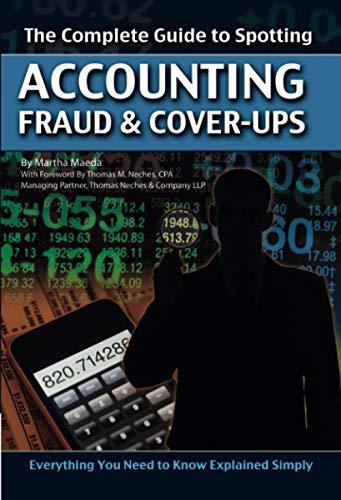Answered step by step
Verified Expert Solution
Question
1 Approved Answer
Q Read requirements Based on the information provided in the five columnsA,B,C,D,E, please provide formulas or explanations to address the questions in the empty spaces



Q Read requirements Based on the information provided in the five columnsA,B,C,D,E, please provide formulas or explanations to address the questions in the empty spaces of Figure 3 (numerical answers not required). Only formulas or methods are needed. Thank you.
You have been tasked with providing the CFO of your firm an analysis of the receivables outstanding at the end of 2018 and advising her as to what should be the ending balance of the allowance for uncollectible accounts on the balance sheet. After learning in accounting about the different methods of estimating bad debt expense, you decided to analyze the aging and percentage of sales methods using historical data of the firm. You requested that the firm's IT personnel provide you with historic information dating back five years (2013-2017). You are going to use that information to provide an informed data-based report backing your conclusions. Explanations and Assumptions: Once the data are generated you will see six worksheets, each pertaining to accounts receivables outstanding at each year-end. The worksheets "Dec 31 2013", "Dec 31 2014", "Dec 31 2015", "Dec 31 2016", and "Dec 31 2017" contain the historical data, and the worksheet "Dec 31 2018" contains the outstanding receivables for which you need to estimate the allowance. The firm had a different number of customers each year as well as total credit sales. There are five columns in each worksheet: - Column A: the customer ID - Column B: the total sale on account and invoiced during the year - Column C: the account receivable balance outstanding at year-end - Column D: the date when the invoice was issued - Column E: the date when the invoice balance was paid off in the following year (this column is not in the "Dec 312018 " worksheet). \begin{tabular}{|c|c|c|c|c|c|c|} \hline \multirow[t]{2}{*}{ Year } & \multirow{2}{*}{Totaloutstandingreceivables} & \multirow{2}{*}{Percentofsalesonaccountwrittenoff} & \multicolumn{4}{|c|}{Percentofoutstandingreceivablewrittenoffbyreceivableagegroup} \\ \hline & & & 030 & 3160 & 6190 & Over 90 \\ \hline 2013 & & & & & & \\ \hline 2014 & & & & & & \\ \hline 2015 & & & & & & \\ \hline 2016 & & & & & & \\ \hline 2017 & & & & & & \\ \hline 2018(predicted) & & & & & & \\ \hline \end{tabular}Step by Step Solution
There are 3 Steps involved in it
Step: 1

Get Instant Access to Expert-Tailored Solutions
See step-by-step solutions with expert insights and AI powered tools for academic success
Step: 2

Step: 3

Ace Your Homework with AI
Get the answers you need in no time with our AI-driven, step-by-step assistance
Get Started


